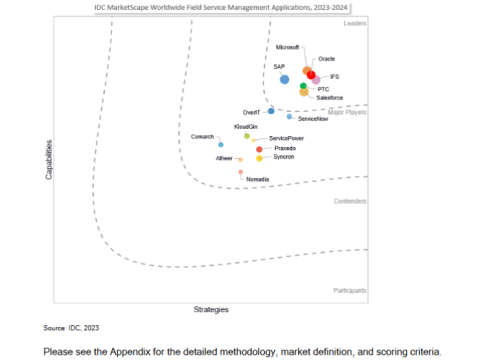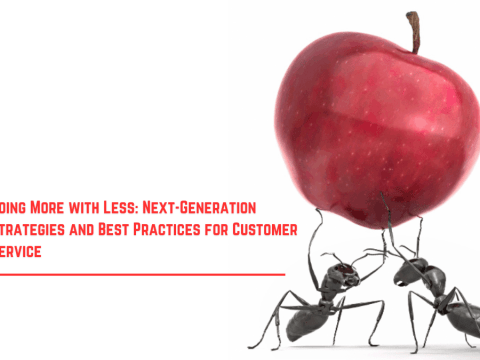
Here’s a burning question many marketers look to answer when figuring out how to optimize their content operations: What does an effective content infrastructure look like?
Ongoing advances in modern technology have made it easier to build a content roadmap that complements your organizational goals. Yet, as technological change continues to accelerate, it also challenges you to constantly monitor how customers engage with your content. What works well today won’t necessarily do so, say, a year from now.
Building your infrastructure around the right content management system (CMS) is your best defense against falling out of touch with evolving tech trends and consumer interests — or falling behind in adapting your content experience accordingly.
A CMS is imperative to successful content operations because it facilitates the effective delivery of your organization’s digital experiences. Think of it as the mitochondria of your content “cell”: It provides the power all your brand’s content functions need to run smoothly.
Because it allows you to create structured workflows that streamline content creation and management, the CMS you select can also impact how your customers experience your brand.
Ultimately, you want your CMS to be efficient, flexible, and innovative. That way, you won’t need to waste time troubleshooting issues on an outdated or incompatible system as trends evolve. Your CMS platform should adapt to your needs — not the other way around.
How can you ensure you achieve those benefits — and others — from your CMS implementation? Start with these two critical elements:
- Clearly defined goals. Any good digital infrastructure process starts with assessing your current infrastructure and outlining your priority goals. What features do you look for in a CMS? What kind of experience do you want to create for your customers? By simply documenting these goals, you could exponentially narrow the field of potential platform suitors.
- A digital web strategy. Establishing a digital web strategy enables you to make the most effective use of your chosen CMS. Enhancing your content across your platform is crucial for reaching a wider audience with all your content. Putting effort into creating SEO-friendly web content in your preferred CMS and utilizing the tools at your disposal significantly contributes to building a successful content infrastructure.
Enhance content agility, creativity, and security
Achieving optimized operational performance simply can’t happen today without the help of an efficient CMS. Content is deadline-driven, so it’s essential to manage, produce, and distribute your content in a streamlined manner. Further, having tools that accommodate the production and delivery of all the types of content your audience prefers is crucial to retaining their interest.
Having integration-ready systems helps avoid having to completely re-engineer your content infrastructure whenever a new objective emerges. A CMS with built-in integration capabilities also makes workflow more efficient, which gives you more bandwidth to focus on the quality of your content ideation, creation, and delivery efforts.
Read More at Content Marketing Institute








